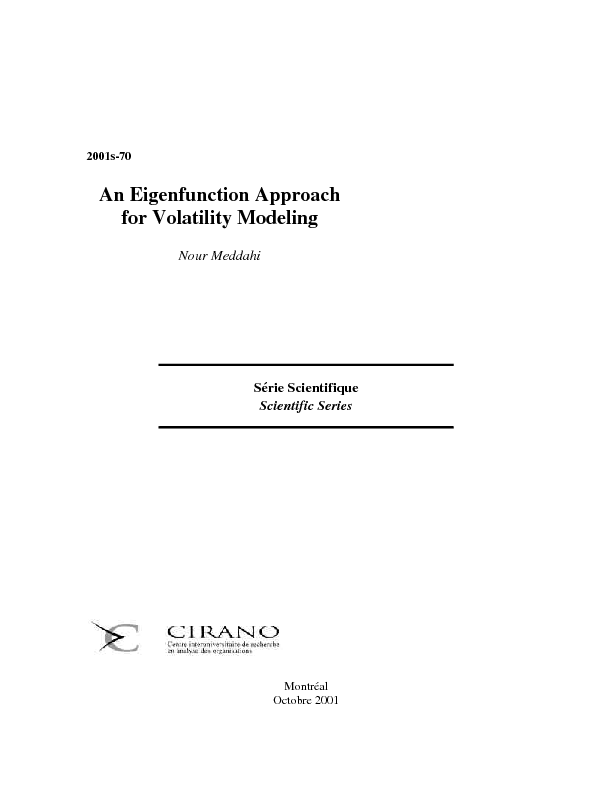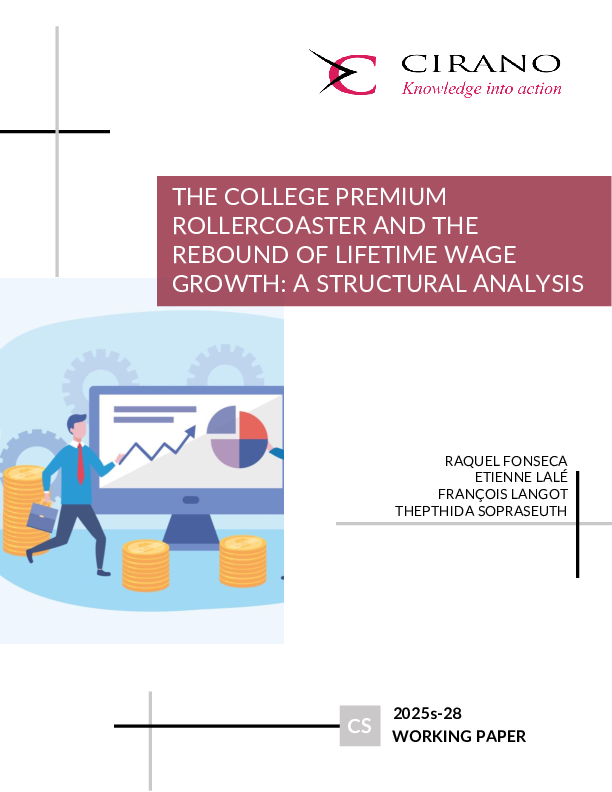An Eigenfunction Approach for Volatility Modeling
In this paper, we introduce a new approach for volatility modeling in discrete and continuous time. We follow the stochastic volatility literature by assuming that the variance is a function of a state variable. However, instead of assuming that the loading function is ad hoc (e.g., exponential or affine), we assume that it is a linear combination of the eigenfunctions of the conditional expectation (resp infinitesimal generator) operator associated to the state variable in discrete (resp continuous) time. Special examples are the popular log-normal and square-root models where the eigenfunctions are the Hermite and Laguerre polynomials, respectively. The eigenfunction approach has at least six advantages : i) it is general since any square integrable function may be written as a linear combination of the eigenfunctions; ii) the orthogonality of the eigenfunctions leads to the traditional interpretations of the linear principal components analysis; iii) the implied dynamics of the variance and squared return processes are ARMA and therefore simple for forecasting and inference purposes; iv) more importantly, this generates fat tails for the variance and returns processes; v) in contrast to popular models, the variance of the variance is a flexible function of the variance; vi) these models are closed under temporal aggregation.
[ - ]




